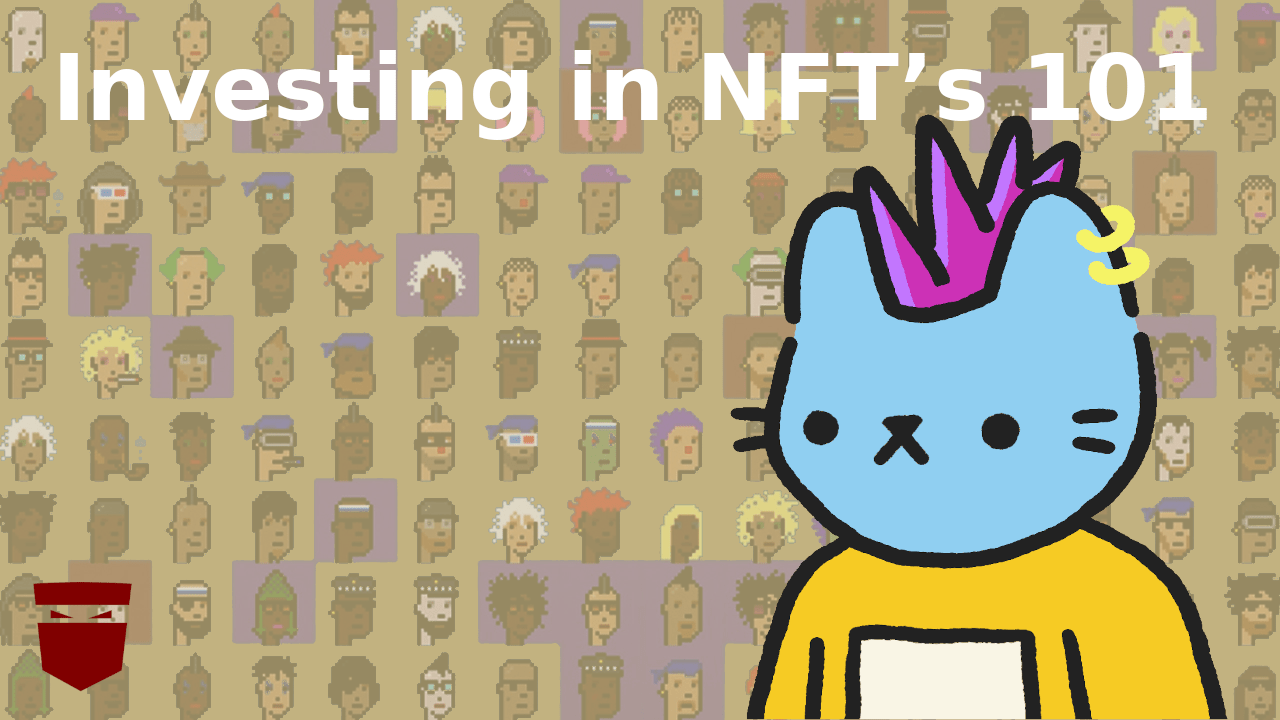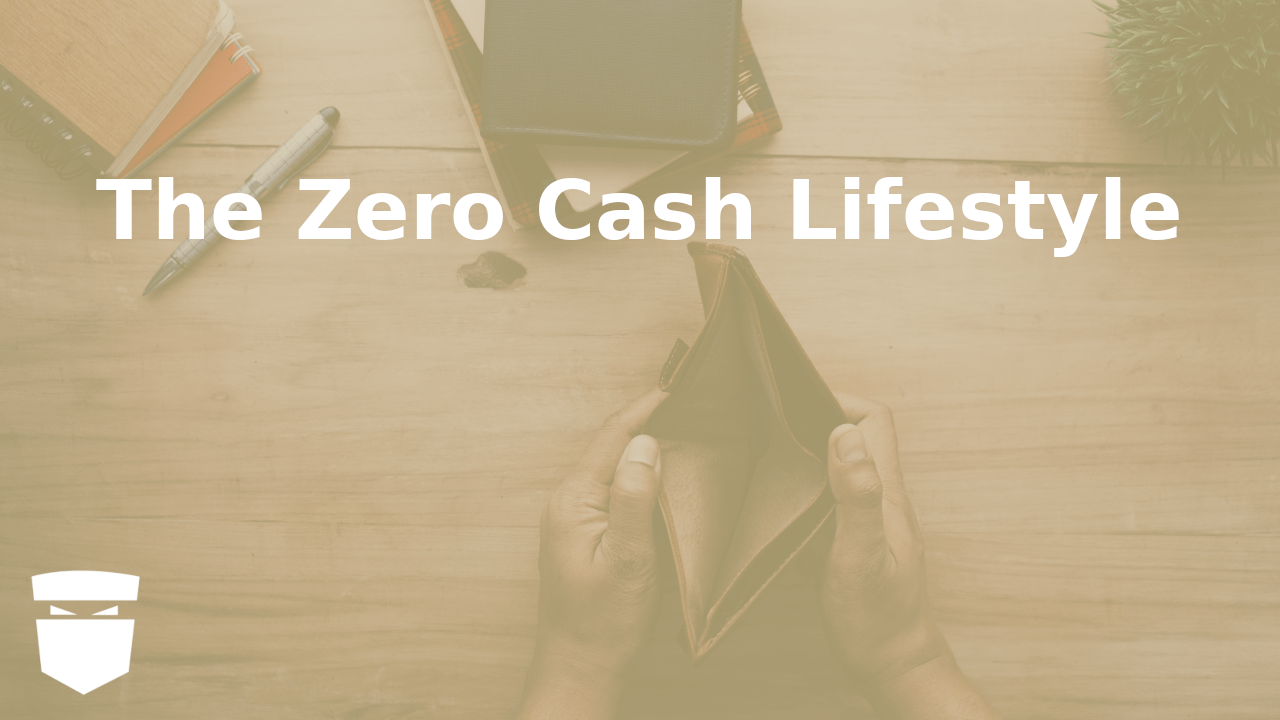With so many apps and platforms available today. Learning to code has never been so easily accessible to everyone. That said apps like
-min.png)
Source: https://www.businessinsider.com/guides/learning/where-to-learn-how-to-code-online
Udemy, Coursearea, code academy, Edex, Mitx, freecodecamp, stackoverflow
and countless others would be a good start to learn how to code. But before you start a course lets outline and go over a few things.
First you’ll need to determine your goals and why you want to learn how to code.
Is it to land a career with a startup or FANG company?
Or perhaps you’d want to create your own original website, webapp, or ios/android app? Or maybe even write .exe, .msi, .app, .mac programs for your desktop?
Or maybe you’d like to create your own AI; Which I actually started post college it was called aviy. Additionally code taught me how to heavily modify various linux distros, such as Arch, Mint, & Ubuntu. I also created my own social networks (unreleased, & TBA), and dozens of other work. That being said the possibilities are endless...
Now that you asked yourself those questions.
What have you determined?
Why do you want to learn how to code?
I’ll assume you want to land a career with a tech company. Or maybe even create your own web/app and mobile app. Hell you can do both!
For instance. The skills you’ve learned while creating your own app and such, will help you if you wanted to land a career as a developer or software engineer
If you want to learn or do something else with code. Don’t fear because the methods outlined, can be used to apply to anything code related.
In hindsight. Other than apps like Instagram, twitter and such, your phone, your car, your tv, your remotes, tablet, the sliding doors at work; Even the traffic lights you see while driving, all have code. Anything that requires electricity in today's day has microprocessors that were coded out, for specific functionalities.
Everything you interact with on daily basis has to be coded, and programmed in order to operate. With that said there are languages designed for human understanding and computer understanding. For those types can be put into 2 main categories:
High-Level Languages
These are the more human-oriented languages. These are much easier to understand learn and interpret. It’s much more efficient with pre-programmed commands that function with fewer lines of code written. Some are PHP, Python, Perl, NodeJs, Basic, Java, Javascript, Ruby, and so on.
Low-Level Languages
These are languages that are complex & much harder to understand. These are Machine, & Assembly code. And they look like this

Source: https://blog.logrocket.com/webassembly-how-and-why-559b7f96cd71/
These are raw languages that’ll give you more control over computer software & hardware. They won't have any per-programmed commands. And they are much easier for the computer to understand.
There are dozens of languages to choose from. By deciding on what you want to create; it’ll help you narrow down the right language that’s perfect for the application. Learning to code is a lot easier when you know exactly what you need to learn. There are mountains of documentation, forums, books, courses, YouTube videos on nearly every language. If you want to go the career route. Know the job you want to apply for, the languages they require. And get familiar with interview prep books and websites like leetcode, that’ll whip your coding skills into shape.

Source: https://blog.pragmaticengineer.com/preparing-for-the-systems-design-and-coding-interviews/
With the assumption that you’ll be creating your own web/app and app. We’ll be focusing on what you’ll need for web and mobile development for the remaining of the 101 guide. Need-less to say there are several career growth opportunities for developers and engineers of all types.
They’ll range from $70,000 to way over 1 million yearly.
Obviously this all depends on your level of position, time vested, and what you bring to the table. Whether your a jr. developer, senior developer, tech lead and so on. A few common fields that deal with code are:
Computer Programmers
Computer Engineers
Software App Developers
Web Developers
Front-End Developers
Back-End Developers
Full-Stack Developers
Computer systems engineers
Computer systems analyst
Detailed information on pay ranges and responsibilities, can be found at levels.fyi. & Glassdor.
-min.png)
Source: https://www.levels.fyi/t/software-engineer
-min.png)
I am a Computer programmer & developer. I specialize in full-stack development for webapps, mobile apps, and software. Meaning I create everything from the initial idea, and concept designs to the creation and deployment of the project. I’m a one man development army, that is for the most part until I hire a team.
Let’s take a look at the platform kodoninja.com/.
-min.png)
-min.png)
This was created entirely by me “The coding ninja”. This includes the social network kodospace.com/ and its affiliates such as kodohealth.com/ from the kodoverse. Everything you see, the design, including how the content loads and connects to the server and its database were all designed and created from scratch. I’ll advise you to give this full design process a try to get a proper understanding on the entire process of coding.
I tried to keep the platform kodoninja as simple and lightweight as possible. While including a light social network, blog entry, forum creation, and much more. As a Full-Stack developer and engineer the main languages I used were PHP, Angular, and Vanilla JavaScript that’s it. The main differences between the three front-end, back-end, and full-stack are that:
Front-End – This is what the user interacts with known as the interface. They make sure content works great across all mobile and web platforms, and browsers. These languages will almost always include JavaScript, HTML, and CSS.
Html: This is a markup language. The backbone of any platform. Every site you’ve visited including your phone has elements of it. This allows for everything to be sectioned, viewed, structured, and displayed. Examples of this would be <header>,<nav>,<main>,<article>,<section>,<aside>,<footer>, <h1>-<h6>, <p>,<a>,<ul>,<ol>,<li>,<q> and many more. This language needs CSS to look exactly how you want it.
CSS: This a processor scripting language. This is how you’ll style your platform. This is linked to your HTML pages by the <linkhref="css/mcss.css"rel="stylesheet">tags and tells the DOM known as the DOM (Document Object Model) model. On how to look & appear to users. Here is where you’ll decide on the placement, location, size, color, of images, inputs, buttons, divs, span, aside, article and every other HTML tag. CSS allows you to create keyframes, mixins, animations and other cool interactive methods. They can come in frameworks like Tailwind, and libraries like bootstrap, foundation, and bulma. SASS > SCSS is a powerful scripting languages that allow you to do some really powerful css tricks and functionalities. If your just getting started in web development, I recommend frameworks like the ones I mentioned before. I leave a link below so you can check out many other great frameworks. These include html tags, and just about anything else you’ll need to get started, before you create pure custom works.
-min.png)
Source: https://geekflare.com/best-css-frameworks/
JavaScript: Not to be confused with Java, JavaScript functions with your DOM elements. This is the most complex portion to frontend development and has various frameworks such as Vue, Angular, Exspress and so on. There are dozens of libraries such as React, Polymer, and Jquery. Javascript allows you to control how everything on your platform operates. Whatever a user does; the immediate feedback is caused by Javascript. It can also send feedback and data to the server-side scripting language to update, add or change data. This is also one of the most powerful and versatile languages which can be used for anything.
-min.png)
Back-End – This is what the user doesn't interact with directly but is seen with the front-end. It is responsible for the performance, server-side functionality to store, load, view, and process data entries and calls. The languages can be Python, JavaScript, NodeJS, Kotlin, PHP, Perl, Ruby, Java, Rust, NodeJS and so on.
PHP: This is more of a server-side scripting language primarily used for server-side communication. It’s one of the only languages that can be inserted directly into the HTML without any assistance, unlike Python. Information from the server-side can be called directly and inserted exactly where you need it to be. This language has been around a while and was influential in the creation of Facebook and millions of others so it has tons of information and resources to help you if you get stuck.
Python: Has been growing in popularity being used in the biggest tech firms. These firms includ Nasa, SpaceX, Tesla, and many others. Its relatively powerful, lightweight, and easy to grsap in the beginning stages of learning.
-min.png)
Source: https://www.simplilearn.com/best-programming-languages-start-learning-today-article
Full-Stack – This one is the most complex of the 3. This is an engineer that works on both front and back-end development. In addition, they’ll be much more involved in web security.
As you may have guessed coding can be vast in its applications. There are many types of coding languages available. So it can get confusing narrowing them all down to the ones needed for the application your building.
Now that we know the differences between front-end, back-end, and full-stack development. Let’s take everything we learned so far to help us build a platform, first let’s outline a the things needed to build this platform:
The purpose
Figure out what you want to create. Do you want to create an app, a webapp? Or maybe both. It might even be something else; Regardless decide on what that something is.
You’ll also need to ask yourself why am I building this app? Is it to make money? Is it to change lives? What problem will your platform solve? Are there any other platforms like it? If so what sets yours apart from theirs. As you see,. the purpose of your platform will consist of many questions.
For instance while creating my platform. It was created from me; the fit programmer/developer. It’s aim is to help those who want to help themselves. Mainly through Self improvement, personal development and financial freedom. Learned from articles courses, seminars and so on.
-min.png)
I wanted a place for those who wanted to help themselves. I also wanted a space where I’m not the only one posting and creating the content. I wanted many “coding ninja’s” to post and grow the kodoverse ecosystem and community.
For webapps your platform description should also be outlined in your meta tags. This is a description of your platform that informs SEO robots and humans of what your platform is all about.
Let’s take a look at my meta description for kodoninja to get a better understanding.
The next step is to research. If other platforms like it exist, research them. Find out why other persons visit and download those platforms and why it works. Take a look at the layout, the (UE) user experience, (UI) User Interface & (UX) User Design. Apply similar strategies to the platform your building.
-min.png)
Outline why someone would want to use or download your web/app as opposed to the others you’ve researched. Find your niche? Think of this as the specific category of your app. For instance kodoninja fits under self-improvement, personal development & financial freedom.
You’ll also need to specify a target market. Who is the app geared towards? The demographic such as the sex, age, gender, education. The Geographic. Where is the location of the app based? Is it local? Is it state: California, Washington, Region: West coast, Mid-West Or broader North America, Global. You’ll also need to to consider the psychographic (lifestyle, economic conditions and positions), and behavioral as you plan to expand.
Developmental Planning
Now that we have everything outlined, and have done our research; Let’s discuss the Developmental Planning. At this point we should have a general idea and purpose of our app. We have researched our competitors we know what works for them and how to apply it to our work.
For instance my platform is based off of a combination of platforms such as alux.com, and the penny hoarder. You can find many elements of these platforms in mine. I know if it works for them, it should work for me. I choose not to reinvent the wheel entirely.
Features
At this point its a good idea to ask yourself what features will your app have. My creative process is that I write down what my purpose is. Then list out the features I believe will go well with it based on research. For instance lets take a look at my platform description
Knowing this; The features I’ll add will be:
User page, User login
Global search
newsletter sign-up
Goal Post, Forum Post, Blog Post, User Post
Courses, Downloads
Feed
Memberships
comments, shares, likes
Design & Creation
The next step we’ll need to do is take all of our research and the features we listed to create the UI & UX. We’ll start by creating a rough sketch. I choose to do this on paper, but you can do this on your tablet. It really doesn’t matter. We’ll design the:
dropdown menu, & selection appearance
menu functionality
user pages
all pages look and functionality
post logic, repost logic, search engines
Coding your work
As I said I kept it simple with PHP, CSS, & Javascript for my webapp. The IOS will be swift, and the android will be Kotlin. For you you’ll need to decide on the language you’ll be using.
For instance if its an app you’ll likely use Objective-C or Swift for Apple’s IOS, or Java, kotlin, python, C++, C#, Dart, Corona w/ Luna. If its a web/app we know well be using required markup languages such html5/xml, css3/sass/scss and a javascript library. This is in addtion to any core language such as PHP, Python, Ruby, Perl, and so on. We’ll also need to link it to a database written in SQL
If its a desktop software we know well need the methods of building webb/apps and something more specialized such as Java, TypeScript, Python, Bash/Shell, PHP. If its an AI, you’ll want more of a mathmatical and data orianted language such as Matlab, Scala, R, Python, Julia, Prolog, Haskell, Lisp
I’ll be creating several playlist that will walk you through the creation of many apps, webapps, and even desktop software, over various languages.
Conclusion
Learning to code can be intimidating at first, however can become easier as you become more comfortable. As I’ll try my best to walk you through step by step in the coming additions. I’ll also have courses available on kodoacademy.com/ and udemy.com/ when it's complete. In addition, there are tons of source material and information available in books and online. Although I went to college to learn a lot of this, I’m mostly self-taught through many many books, courses, online forums, and YouTube.
Speaking of college don’t think you need to be at an Ivy league grad or even go to college to get a coding job. There are other methods such as certifications, certificates earned from taking courses that are free and paid. Having a degree with certificates and certifications, is a stacked arsenal, and nearly guarantees success.
More of the courses in addition to the ones mentioned above are:
-min.png)
Source: https://www.hostinger.com/tutorials/learn-coding-online-for-free
HackerRank.
freeCodeCamp.
GeeksforGeeks.
Codecademy.
Codementor.
HackerEarth.
W3Schools.
Learn as much information as you can. I own hundreds and have read dozens of physical books on various types of languages. I’ve also read several books on the same language to further ensure I know the language. In addition to having almost every free certification I could find regarding code languages. I’m still taking courses to this day and will continue to do so.
Figure out your path and platform you’d like to create and learn the languages needed to create that platform. Use the tools I mentioned at your disposable. Take the steps I mentioned to complete a platform of your own mastering the languages needed.
Be sure to like this video, ring that bell icon, comment below and subscribe to the channel. Thanks







